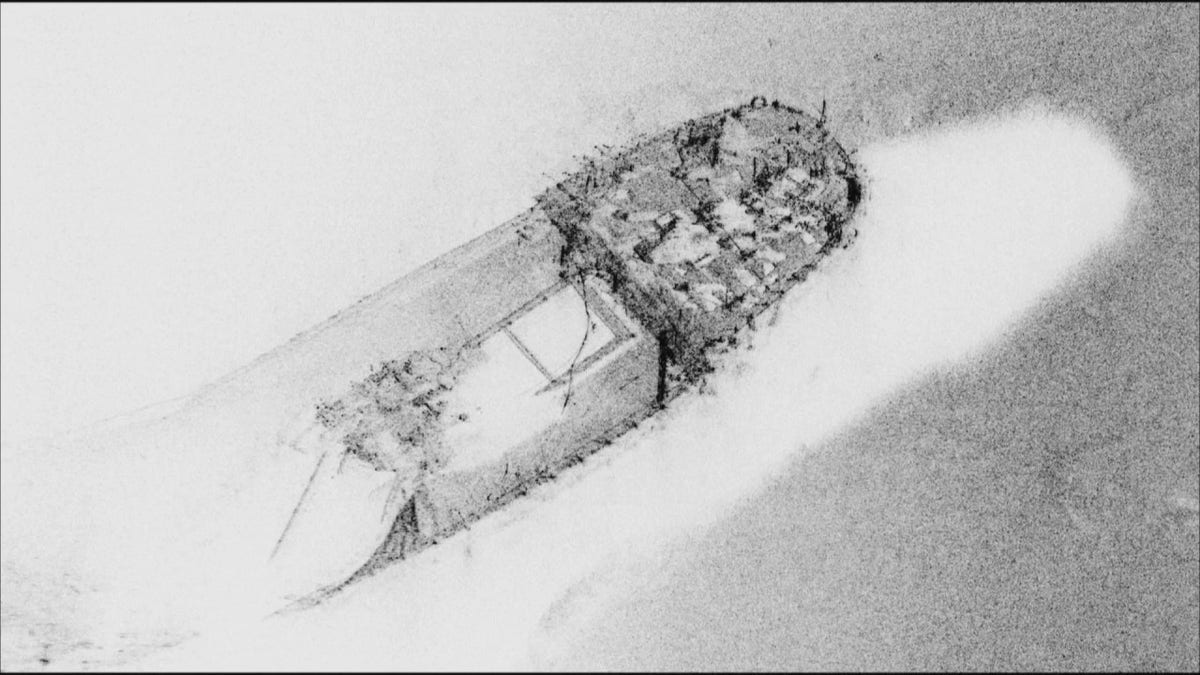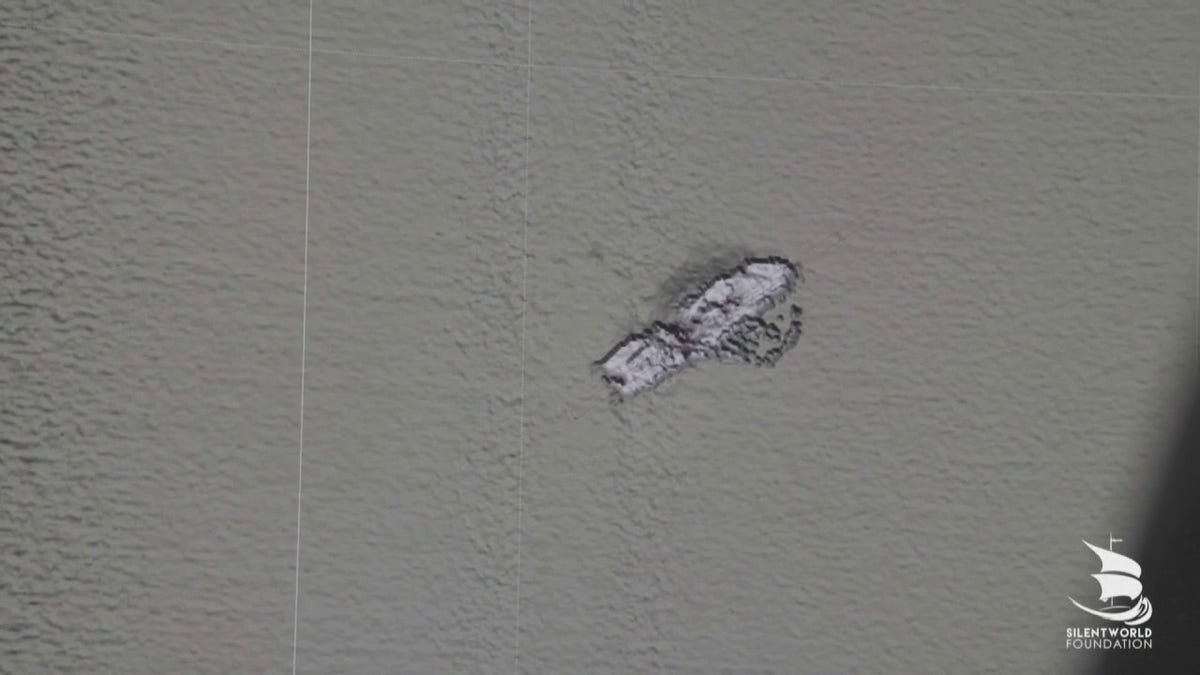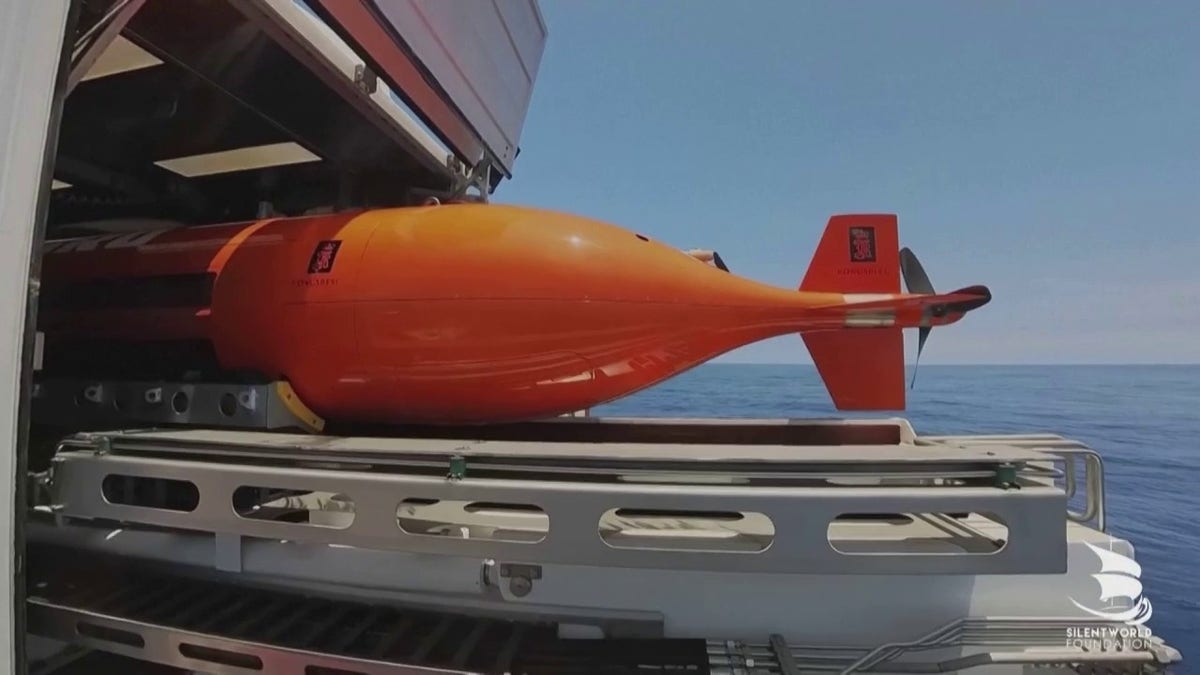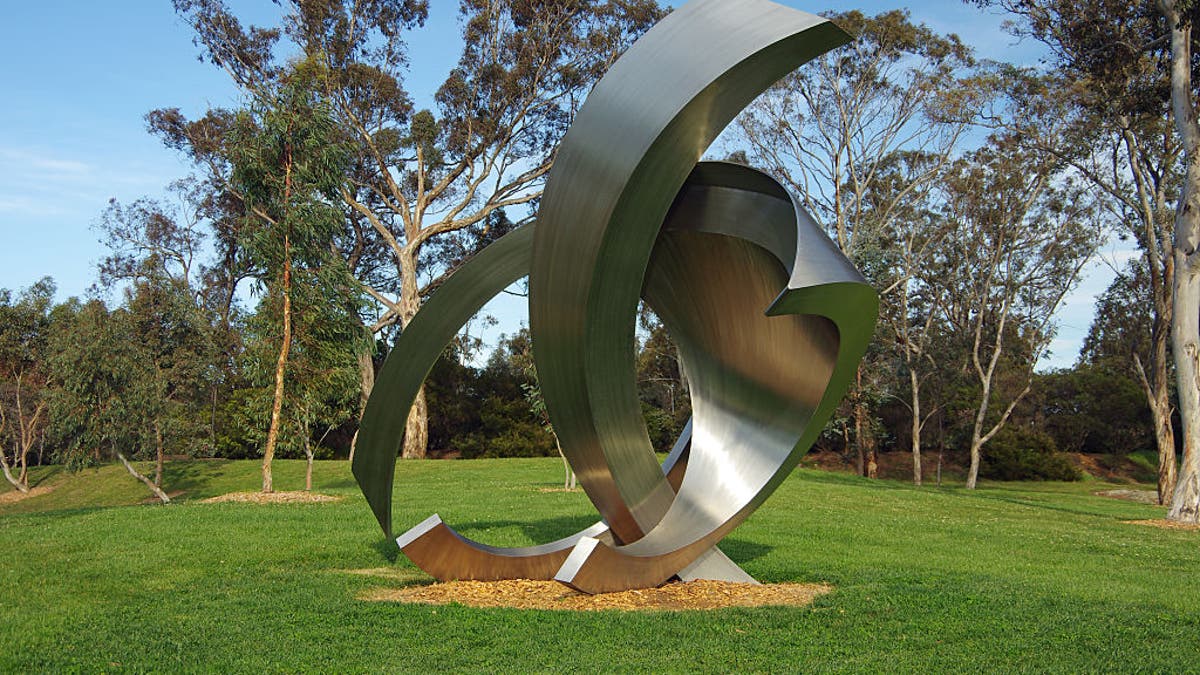WWII ship that sank with over 1K Allied POWs found in 'extraordinary' discovery
The nonprofit Silentworld Foundation found the Japanese World War II ship Montevideo Maru, which sank with more than 1,000 Allied POWs on board after being fired upon by the American USS Sturgeon submarine. (Reuters)
Ocean explorers announced Saturday that they have discovered the remains of a Japanese World War II vessel that sank with over 1,000 Allied POWs on board.
The Montevideo Maru was a Japanese war ship that was fired upon by the American submarine USS Sturgeon and sank near the Philippines in 1942. At the time of its destruction, the ship was carrying 1,080 war prisoners from 14 Allied nations.
The Sturgeon, unaware of the POWs on board, fired four torpedoes into the ship, destroying it in less than 10 minutes. The Montevideo Maru did not display markings indicating that it was transporting POWs.
Sydney-based nonprofit Silentworld Foundation found the wreck more than 13,000 feet below the surface of the South China Sea using an autonomous underwater vehicle.
BIRTHDAY BLISS: BRITISH WWII VET RECEIVES THOUSANDS OF CARDS FOR HIS 105TH BIRTHDAY

This photo provided by the Australian War Memorial shows the Montevideo Maru. A team of explorers announced that it had found the sunken Japanese ship that was transporting Allied prisoners of war when it was torpedoed off the coast of the Philippines in 1942, resulting in Australia's largest maritime wartime loss with a total of 1,080 lives. (Australian War Memorial via AP)
Approximately 979 of those killed were Australian — the country's single largest maritime loss of life in World War II.
"The extraordinary effort behind this discovery speaks for the enduring truth of Australia’s solemn national promise to always remember and honor those who served our country," said Australian Prime Minister Anthony Albanese.
TIKTOK STAR AND WWII VETERAN 'PAPA JAKE' TURNS 100, WANTS FUTURE GENERATIONS TO KNOW HIS STORIES

The nonprofit Silentworld Foundation found the Japanese World War II ship Montevideo Maru, which sank with more than 1,000 Allied POWs on board after being fired up on the American USS Sturgeon submarine. (Reuters)

The nonprofit Silentworld Foundation found the Japanese World War II ship Montevideo Maru, which sank with more than 1,000 Allied POWs on board after being fired up on the American USS Sturgeon submarine. (Reuters)
Silentworld Foundation said that — out of respect for the dead and their families — no actions will be taken to recover artifacts or human remains from the wreck site.
WWII VETERAN IS WISHING FOR 100 CARDS ON HIS 100TH BIRTHDAY
"Families waited years for news of their missing loved ones, before learning of the tragic outcome of the sinking," Silentworld director John Mullen said.
He added, "Some never fully came to accept that their loved ones were among the victims. Today, by finding the vessel, we hope to bring closure to the many families devastated by this terrible disaster."
CLICK HERE TO GET THE FOX NEWS APP

The nonprofit Silentworld Foundation found the Japanese World War II ship Montevideo Maru, which sank with more than 1,000 Allied POWs on board, using an autonomous underwater vehicle, seen here. (Reuters)

Rabaul and Montevideo Maru memorial by artist James Parrett in the Sculpture Garden, Australian War Memorial, Canberra, Australian Capital Territory, Australia (Getty Images)
The Montevideo Maru was destroyed on July 1, 1942, while transporting prisoners captured during the Battle of Rabaul in Papua New Guinea.

